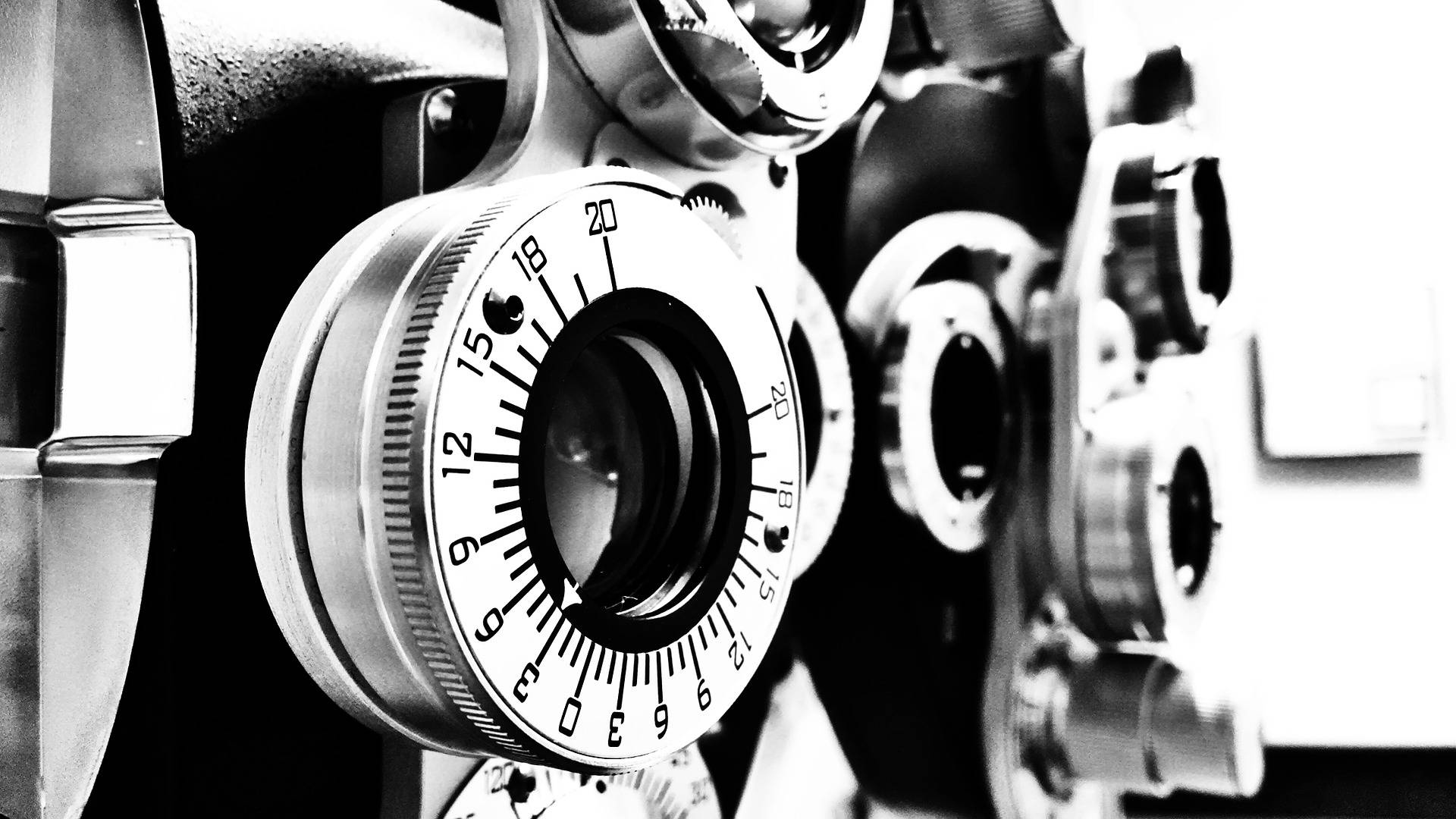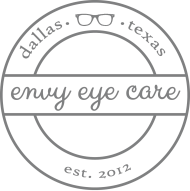When you get a comprehensive eye exam at Envy Eye Care, these are the equipment that your optometric technician and doctor will use when checking your eye health.
Non-Contact Tonometer or iCare Tonometer
Many know the tonometer machine as the "air puff machine" because it blows a little puff of air into your eye. This machine checks the pressure of your eyeball and can help diagnose glaucoma.
iCare tonometer is an instrument that uses rebound technology that “tickles” the front of your eye so you barely feel it. It's an alternative for the patient who is timid of the air puff.
Auto-refractor
Auto-refractor keratometer will create a baseline for your prescription.
Visual Field Test
Visual field test is a method of measuring an individual's entire scope of vision, that is their central and peripheral vision.
Optomap
A non-dilating camera that captures up to a 200 degree digital image of the retina.
Digital Eye Exam with CV5000
The CV5000 automated phoropter offers all the latest features in automated refraction.
Slit Lamp
A slit lamp is a binocular microscope that your doctor uses to examine the structures of your eye under high magnification. A wide range of eye conditions and diseases can be detected with the slit lamp exam.
Keratometer
This machine measures your cornea's shape. If your cornea is more round or flatter, this will determine whether or not you have astigmatism or corneal problems. For contact lens wearers, this machine assesses the shape of the eye to find the proper contact lens fit.
Optical Coherence Tomography (OCT)
OCT is often used to evaluate disorders of the optic nerve and/or retina. The OCT exam helps your doctor see changes to the fibers of the optic nerve. OCT is a non-invasive imaging test and it uses light waves to take cross-section images of your retina.
Corneal Topography
Corneal topography is a computer assisted diagnostic tool that creates a 3-D map of the cornea's shape and curvature. It enables detection of corneal diseases, and irregular corneal conditions, such as swelling, scarring, abrasions, deformities, and irregular astigmatisms. This type of analysis provides your doctor with very fine details regarding the condition of the corneal surface. These details are used to diagnose, monitor, and treat various eye conditions.

